All About High-Efficiency Furnaces
If you continue to repair your oven on a regular basis, then you will be able to make more significant savings in the long run by just investing in a more efficient model.
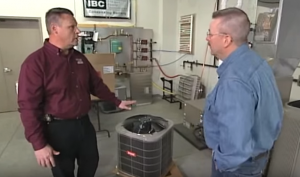 According to the Department of Energy (DOE), heating costs drive homeowners’ energy costs up to about 30 percent. In cold climates and northern states, this percentage can be even higher! Here are some of the ways that a problematic or inefficient old furnace can cost you a lot of money and why you should abandon it for a different model:
According to the Department of Energy (DOE), heating costs drive homeowners’ energy costs up to about 30 percent. In cold climates and northern states, this percentage can be even higher! Here are some of the ways that a problematic or inefficient old furnace can cost you a lot of money and why you should abandon it for a different model:
The cost of an obsolete oven
In 1992, the US Department of Energy introduced a new rule for heating manufacturers: their furnaces could not be sold to the American public without being at least 78% efficient. If your current heater is older than that, it is probably very inefficient!
Of course, it would be ideal to have an oven installed in 2013 at the latest, with a minimum efficiency of 80%. Did you know that the models on the market today can be up to 98% effective? This means that almost all the energy it consumes is fed directly into your home in the form of heat!
 Meanwhile, people keep their old forced air ovens, which can be less than 50% efficient. Also, furnaces with a permanent pilot light rather than transverse electric ignition are ineffective. You could count on burning logs for all your heat energy!
Meanwhile, people keep their old forced air ovens, which can be less than 50% efficient. Also, furnaces with a permanent pilot light rather than transverse electric ignition are ineffective. You could count on burning logs for all your heat energy!
An inquiry is recommended. You can quickly look in the oven and find an installation date or at least not the model number and do the research on its age online. If you can not find a reliable manufacturing date, then consider it a sign to replace your furnace.
What makes a heater efficient?
Like all machines, furnaces require energy for there to be output. A sewing machine needs the power of turbulence with a pedal so that the needle works. Similarly, a heater involves fuel to distribute heat throughout your home.
The Annual Fuel Efficiency Rating (AFUE) measures the efficiency of the furnaces in an obvious way: it creates the ratio of the annual fuel consumption of the oven and the air outlet hot usable.
…
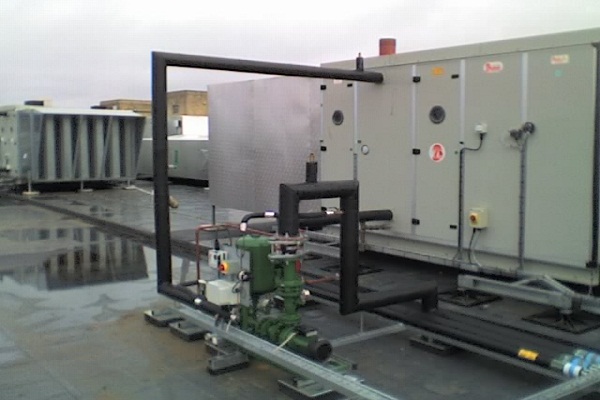
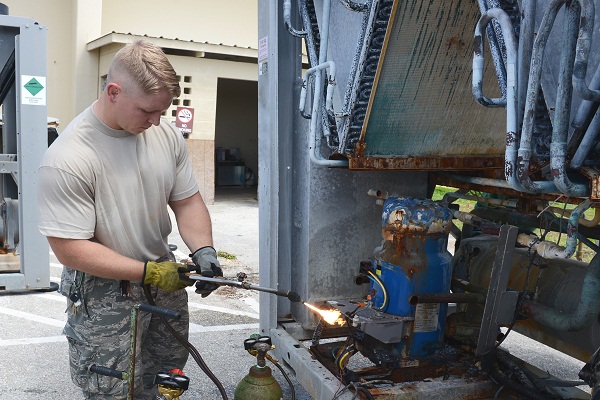
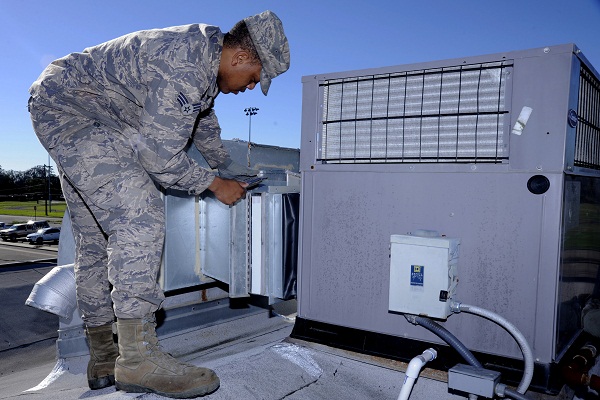
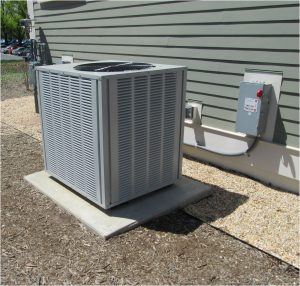 One of the significant challenges facing these systems worldwide is the reduction in energy consumption, “commercial buildings consume 40% of the energy produced on the planet, and of that, between 40 and 60% the air conditioning systems consume it; the proportion with the cost of lighting is 15 against 1, “says engineer Alarcón.
One of the significant challenges facing these systems worldwide is the reduction in energy consumption, “commercial buildings consume 40% of the energy produced on the planet, and of that, between 40 and 60% the air conditioning systems consume it; the proportion with the cost of lighting is 15 against 1, “says engineer Alarcón.
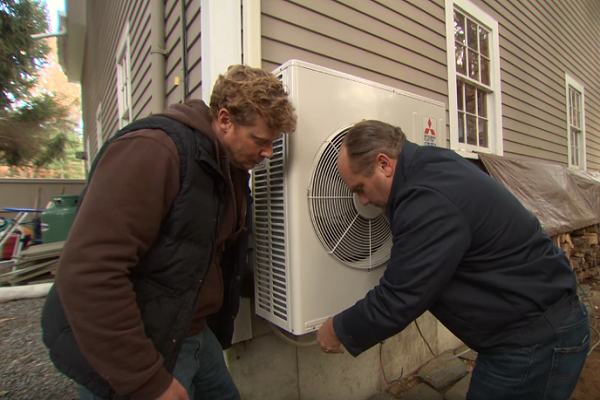
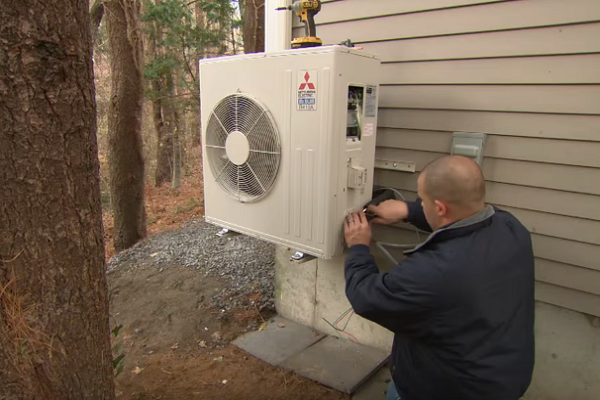
 Is the heat pump the most efficient heating system? The answer is: it depends, “says José Porras, representative of the Association of Energy Services Companies ( ANESE ), the companies whose business lies precisely in achieving improvements in the energy efficiency of third parties (since their profits come from the savings achieved). As he explains, there is a huge variety of heat pumps, from the reversible air conditioning equipment that also heat the geothermal installations that extract the heat from the subsoil. “There are heat pump systems that do exceed the efficiency of a natural gas condensing boiler and others do not. Unfortunately, most of the ones sold right now in Spain are the bad ones. “
Is the heat pump the most efficient heating system? The answer is: it depends, “says José Porras, representative of the Association of Energy Services Companies ( ANESE ), the companies whose business lies precisely in achieving improvements in the energy efficiency of third parties (since their profits come from the savings achieved). As he explains, there is a huge variety of heat pumps, from the reversible air conditioning equipment that also heat the geothermal installations that extract the heat from the subsoil. “There are heat pump systems that do exceed the efficiency of a natural gas condensing boiler and others do not. Unfortunately, most of the ones sold right now in Spain are the bad ones. “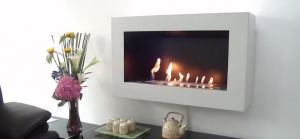 Nothing brings more warmth to a room than a good fire around which to relax. Beyond its aesthetics and how to integrate it into the environment, it is worth taking into account other practical issues such as the calorific performance of the chimney chosen, its installation requirements, the most appropriate type of fuel in each case or the ease of use, cleaning, and maintenance. The good news is that there are more and more options that we can find, with better benefits and a much more efficient performance than traditional homes.
Nothing brings more warmth to a room than a good fire around which to relax. Beyond its aesthetics and how to integrate it into the environment, it is worth taking into account other practical issues such as the calorific performance of the chimney chosen, its installation requirements, the most appropriate type of fuel in each case or the ease of use, cleaning, and maintenance. The good news is that there are more and more options that we can find, with better benefits and a much more efficient performance than traditional homes.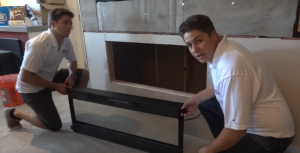 The latter also allows controlling the fire with greater precision. Even, among the technological innovations that incorporate, stand out the systems of double combustion that, when using the gases generated to produce more heat, not only reduce the polluting emissions, but they save fuel.
The latter also allows controlling the fire with greater precision. Even, among the technological innovations that incorporate, stand out the systems of double combustion that, when using the gases generated to produce more heat, not only reduce the polluting emissions, but they save fuel.